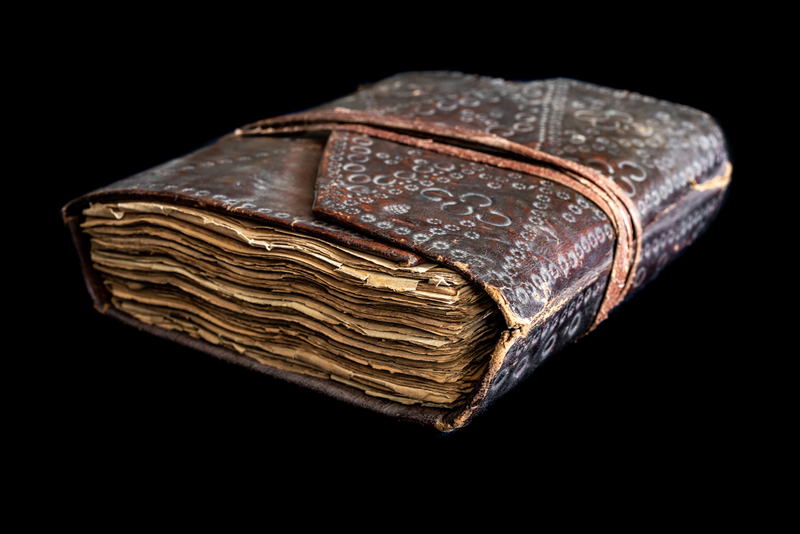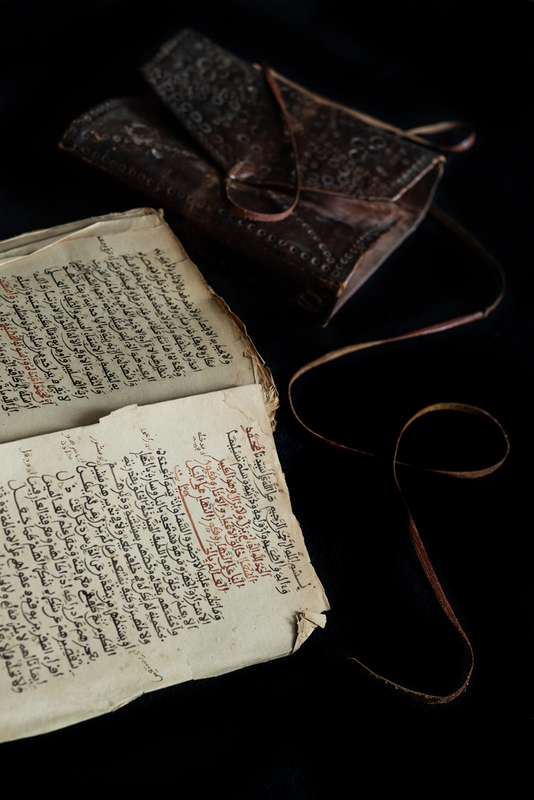Rukopis ze západní Afriky
Item
Nadpis
cs
Rukopis ze západní Afriky See all items with this value
Datum
1100-1200
Description
cs
Vzácný rukopis „Sirāj al-mulūk“ od andaluského autora al-Ṭurṭūšīho (11.-12. století). Jeho existence dokládá, že dílo bylo natolik známé a rozšířené, že si našlo cestu až do západní Afriky, kde byl tento rukopis zhotoven. Autor hlavního díla je identifikován jako Muḥammad b. al-Walīd b. Muḥammad b. Jalaf b. Sulaymān b. Ayyūb, známý jako Abū Bakr, Ibn Abī Randaqa nebo Abū Bakr al-Ṭurṭūšī. Pocházel z linie al-Qurašī al-Fihrī al-Ṭurṭūšī al-Mālikī (1059-1126). Celý název hlavního textu zní „Sirāj al-mulūk wa-l-khulafāʾ wa-minhāǧ al-wulāt wa-l-umarāʾ“ a dopňují ho tři folia na konci rukopisu, která obsahují výňatky ze „Sirāj al-mulūk wa-l-khulafāʾ“. Další texty poskytují bližší poznatky nebo doplňující informace k hlavnímu dílu. Ačkoli místo vzniku opisu ani písař, jenž je opsal, nejsou uvedeni, vazba, papír a písmo jsou typickým příkladem dochovaných subsaharských arabsky psaných rukopisů. Za zmínku stojí, že Usman Dan Fodio (1754-1817), zakladatel Sokotského chalífátu, který zahrnoval oblasti dnešního Kamerunu, Burkiny Faso, Nigeru a Nigérie, ve svém díle Bayān Wujūb al-Ḥijra ‛alā al-‛Ubbād ze Siraj al-Muluk poměrně významně čerpal. See all items with this value
Note
The excerpt is taken from the description of Prof. Josef Ženka, Ph.D., Associate Professor at Charles University's Faculty of Arts, Department of Middle Eastern Studies.


